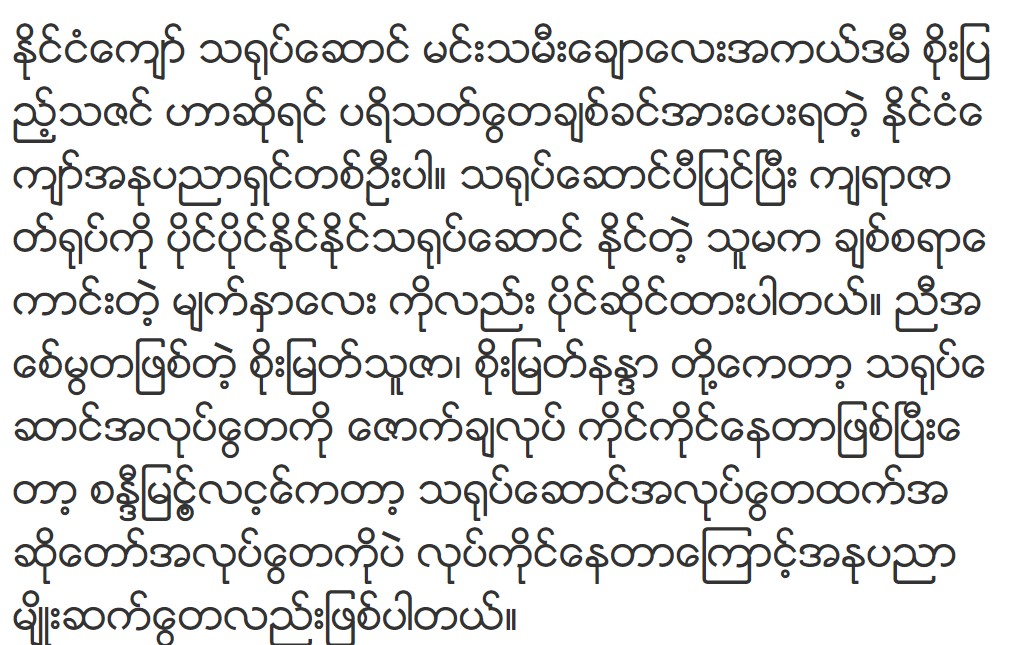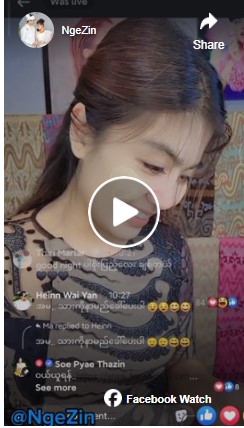










H1: Revolutionizing Agriculture with IoT
Farming isn’t what it used to be. Gone are the days of relying solely on intuition and old-school techniques to tend crops. Enter the era of precision farming, where every seed, every drop of water, and every inch of soil is meticulously managed with the help of IoT (Internet of Things) technology. Let’s delve into how IoT is transforming agriculture into a smart, data-driven industry.
H2: Understanding IoT in Agriculture
So, what exactly is IoT, and how does it fit into farming? Well, think of IoT as the brains behind the operation. It involves connecting everyday objects, like sensors, machinery, and even livestock, to the internet. These connected devices collect data, communicate with each other, and ultimately, make intelligent decisions without human intervention.
H3: The Power of Precision Farming
Imagine having the ability to monitor soil moisture levels, track weather patterns in real-time, and even remotely control irrigation systems—all from the palm of your hand. That’s the power of precision farming, made possible by IoT technology. By gathering data on factors like soil quality, temperature, and humidity, farmers can optimize crop yields while minimizing resource usage.
H4: Sensors: The Eyes and Ears of the Farm
At the heart of IoT-enabled agriculture are sensors—small, smart devices that gather a wealth of information from the farm environment. These sensors can be placed in the soil to measure moisture levels, on machinery to monitor performance, and even on animals to track health and behavior. With sensors in place, farmers gain unprecedented insights into their operations, allowing for more informed decision-making.
H3: Enhancing Crop Management
One of the key benefits of IoT in agriculture is its ability to improve crop management practices. Through data-driven analysis, farmers can precisely tailor their approach to planting, fertilizing, and pest control. By understanding the unique needs of each crop and adjusting treatments accordingly, farmers can maximize yields while reducing waste—a win-win for both the environment and the bottom line.
H4: Real-Time Monitoring and Decision-Making
With IoT technology, farmers no longer have to rely on guesswork or periodic inspections to assess the health of their crops. Instead, they can access real-time data on soil moisture, nutrient levels, and pest activity, allowing for proactive intervention when issues arise. Whether it’s adjusting irrigation schedules or deploying targeted treatments, IoT empowers farmers to make informed decisions on the fly.
H2: Sustainable Agriculture Practices
In an era of increasing environmental concerns, sustainable farming practices are more important than ever. IoT plays a crucial role in this regard by enabling farmers to optimize resource usage and minimize waste. By precisely controlling inputs like water, fertilizer, and pesticides, farmers can reduce their environmental footprint while still maintaining high levels of productivity.
H3: Precision Livestock Management
It’s not just crops that benefit from IoT technology—livestock management is also being revolutionized by the Internet of Things. From monitoring animal health and behavior to optimizing feeding schedules, IoT enables farmers to keep a closer eye on their herds. By detecting issues early and implementing preventive measures, farmers can ensure the health and welfare of their animals while improving overall efficiency.
H4: From Farm to Fork: Ensuring Food Safety
In today’s interconnected world, consumers are increasingly concerned about the safety and quality of the food they eat. IoT technology offers a solution by providing end-to-end traceability throughout the food supply chain. By tracking everything from the origin of produce to its journey through processing and distribution, IoT helps ensure that food is safe, fresh, and free from contaminants.
H2: Overcoming Challenges and Adoption Barriers
Of course, the transition to IoT-enabled agriculture is not without its challenges. From the high cost of implementation to concerns about data privacy and security, there are several barriers that farmers must navigate. However, as the technology continues to mature and become more affordable, adoption rates are expected to rise, paving the way for a smarter, more sustainable future for agriculture.
H3: The Future of Farming
As we look ahead, the potential for IoT in agriculture is virtually limitless. From autonomous drones and robots that can perform tasks like planting and harvesting to AI-powered analytics that can predict crop yields with unprecedented accuracy, the future of farming is shaping up to be both high-tech and highly efficient. By embracing IoT technology, farmers can not only increase productivity and profitability but also contribute to a more sustainable and resilient food system for generations to come.
Cultivating the Future
In conclusion, IoT is not just a buzzword—it’s a game-changer for the agriculture industry. By harnessing the power of connected devices and real-time data analytics, farmers can transform their operations into highly efficient, sustainable enterprises. From optimizing crop management practices to ensuring food safety and traceability, IoT has the potential to revolutionize every aspect of farming, paving the way for a brighter, more prosperous future for agriculture worldwide. So, here’s to the farmers and innovators who are leading the charge toward a smarter, more connected agricultural landscape. The seeds of change have been planted, and the harvest of the future looks brighter than ever.